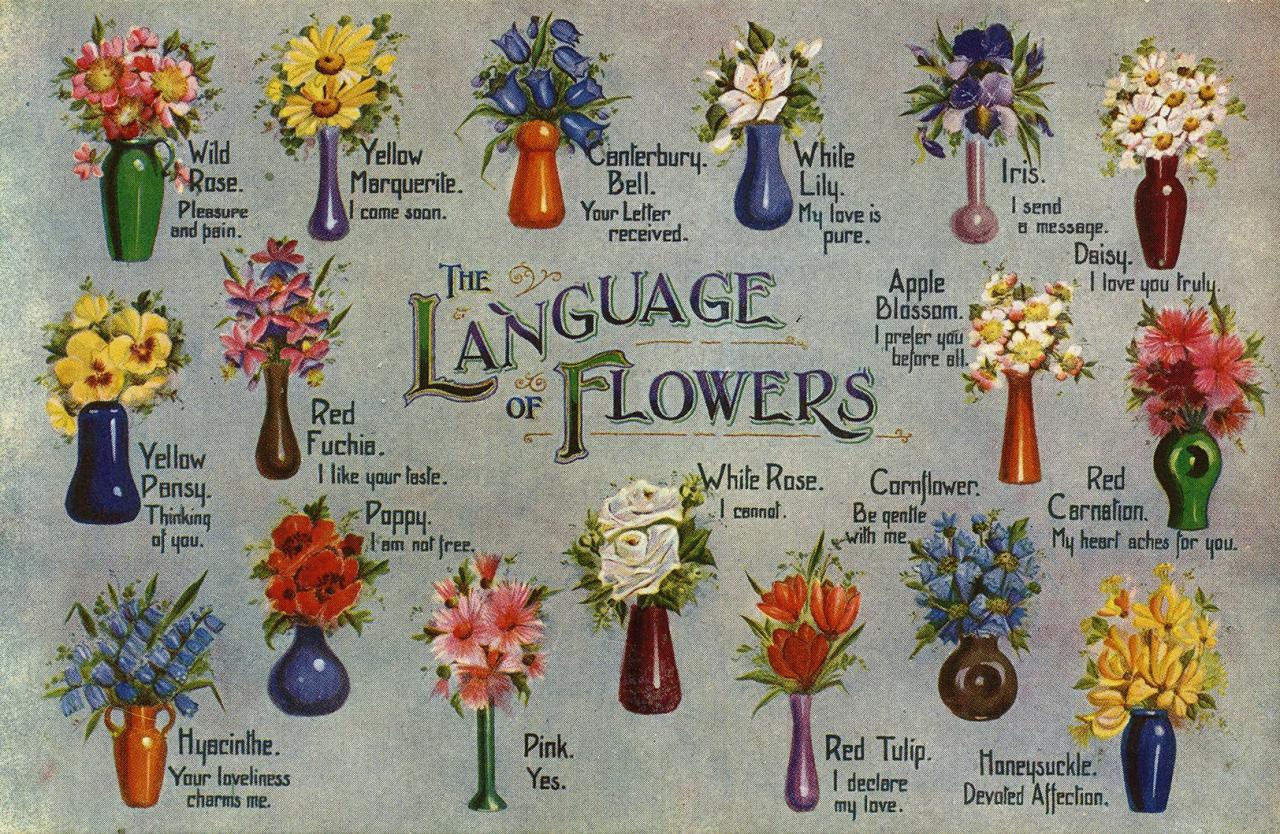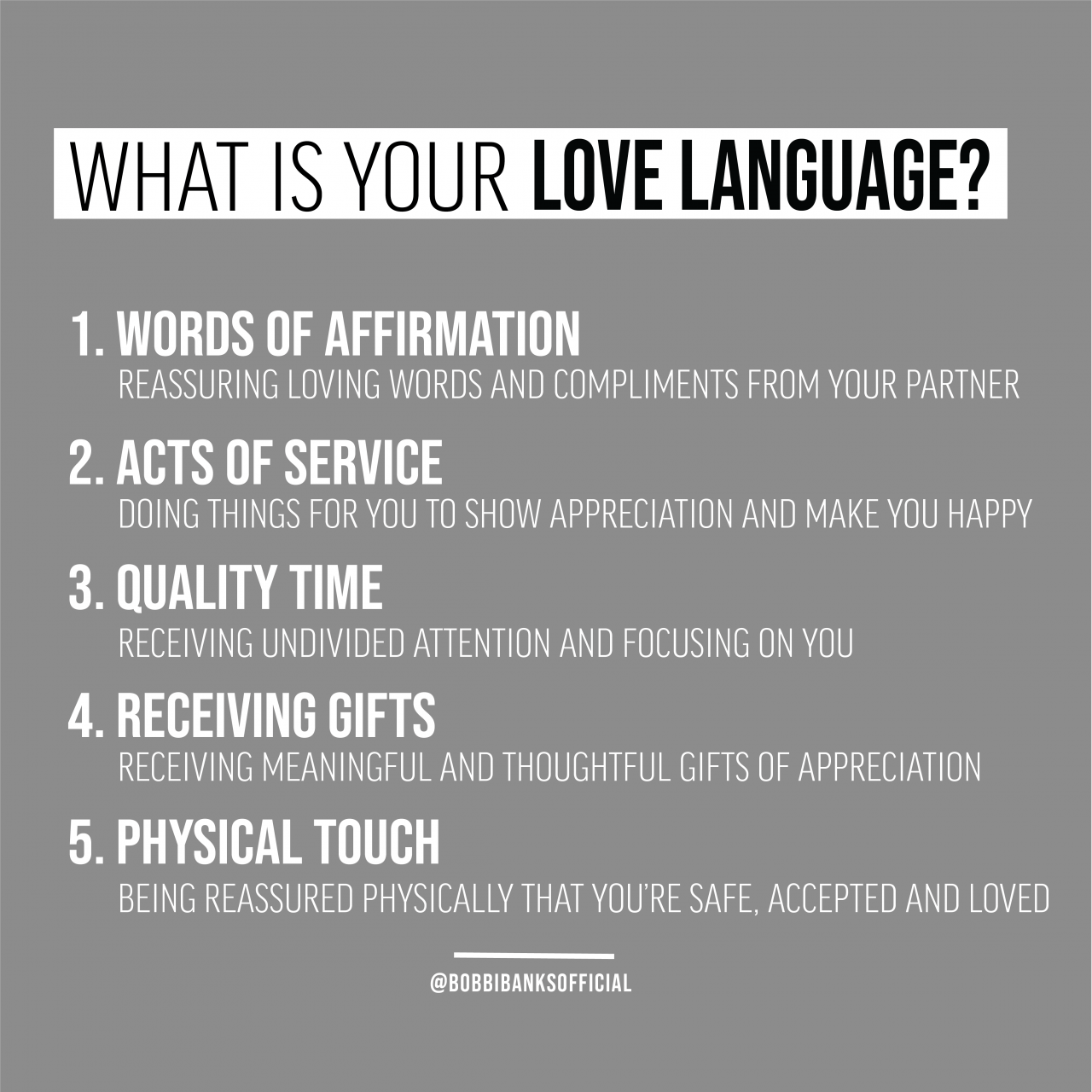
Sheet language meaning – Delving into the enigmatic world of sheet languages, we uncover their origins, types, structure, and diverse applications. From musical scores to spreadsheets and mathematical notations, these specialized languages transcend boundaries, facilitating communication and problem-solving across disciplines.
Unveiling the intricate tapestry of sheet languages, we explore their historical evolution, structural components, and the rules that govern their syntax. By deciphering their symbols and notation, we unlock the secrets of these specialized communication systems, revealing their power to convey complex information with precision and clarity.
Sheet Language Definition

Sheet language refers to a system of symbols, notations, and conventions used to represent information in a structured and graphical manner. It provides a visual representation of data, enabling efficient communication and comprehension.
Sheet languages have a rich history, with origins tracing back to ancient times. Early examples include musical notation developed in ancient Greece and mathematical symbols used in Babylonian mathematics.
Types of Sheet Languages
There are various types of sheet languages, each designed for specific purposes and applications:
- Music sheets: Represent musical compositions using notes, symbols, and clefs, enabling musicians to perform and interpret pieces.
- Spreadsheets: Organize data into rows and columns, allowing for calculations, analysis, and visualization of numerical information.
- Mathematical notations: Use symbols, equations, and diagrams to represent mathematical concepts and solve complex problems.
- Flowcharts: Visually depict processes and workflows, breaking them down into logical steps and decision points.
Structure and Syntax of Sheet Languages
Sheet languages have specific structural components that govern their organization and interpretation:
- Symbols: Represent individual units of information, such as notes in music sheets or cells in spreadsheets.
- Notation: Rules and conventions that define the meaning and arrangement of symbols.
- Organization: Logical structure that arranges symbols and notation in a meaningful way, such as measures in music sheets or rows and columns in spreadsheets.
Interpretation and Use of Sheet Languages
Interpreting sheet languages requires an understanding of their syntax and conventions:
- Reading: Recognizing and deciphering the symbols and notation used in the sheet language.
- Interpretation: Translating the symbols and notation into the intended meaning or information.
- Application: Using the interpreted information for specific purposes, such as performing music, analyzing data, or solving mathematical problems.
Comparisons with Other Communication Methods

Sheet languages differ from other communication methods in several ways:
- Natural languages: Express ideas and concepts through words and sentences, while sheet languages use symbols and notation.
- Programming languages: Provide instructions for computers, while sheet languages represent information for human interpretation.
- Advantages: Sheet languages offer visual representation, clarity, and ease of comprehension for specific domains.
Evolution and Future of Sheet Languages: Sheet Language Meaning
Sheet languages have evolved over time, adapting to changing needs and technological advancements:
- Historical evolution: From ancient origins to modern digital formats, sheet languages have undergone significant changes.
- Current applications: Sheet languages continue to play vital roles in music, finance, engineering, and other fields.
- Future developments: Advancements in technology may lead to new applications and innovations in sheet language technology.
Ultimate Conclusion
As we delve deeper into the realm of sheet languages, we uncover their remarkable versatility, extending beyond music and finance to encompass engineering, science, and beyond. Their ability to represent complex concepts visually sets them apart, enabling efficient collaboration and knowledge sharing among experts.
As technology continues to advance, sheet languages are poised to evolve, promising even greater possibilities for communication and problem-solving in the years to come.
Popular Questions
What is the origin of sheet language?
Sheet languages have evolved over centuries, with roots in ancient musical notation and mathematical symbols.
How do sheet languages differ from natural languages?
Sheet languages are designed for specific purposes, using symbols and notation instead of words and grammar.
What are the benefits of using sheet languages?
Sheet languages provide a concise and unambiguous way to represent complex information, enhancing communication and problem-solving.





